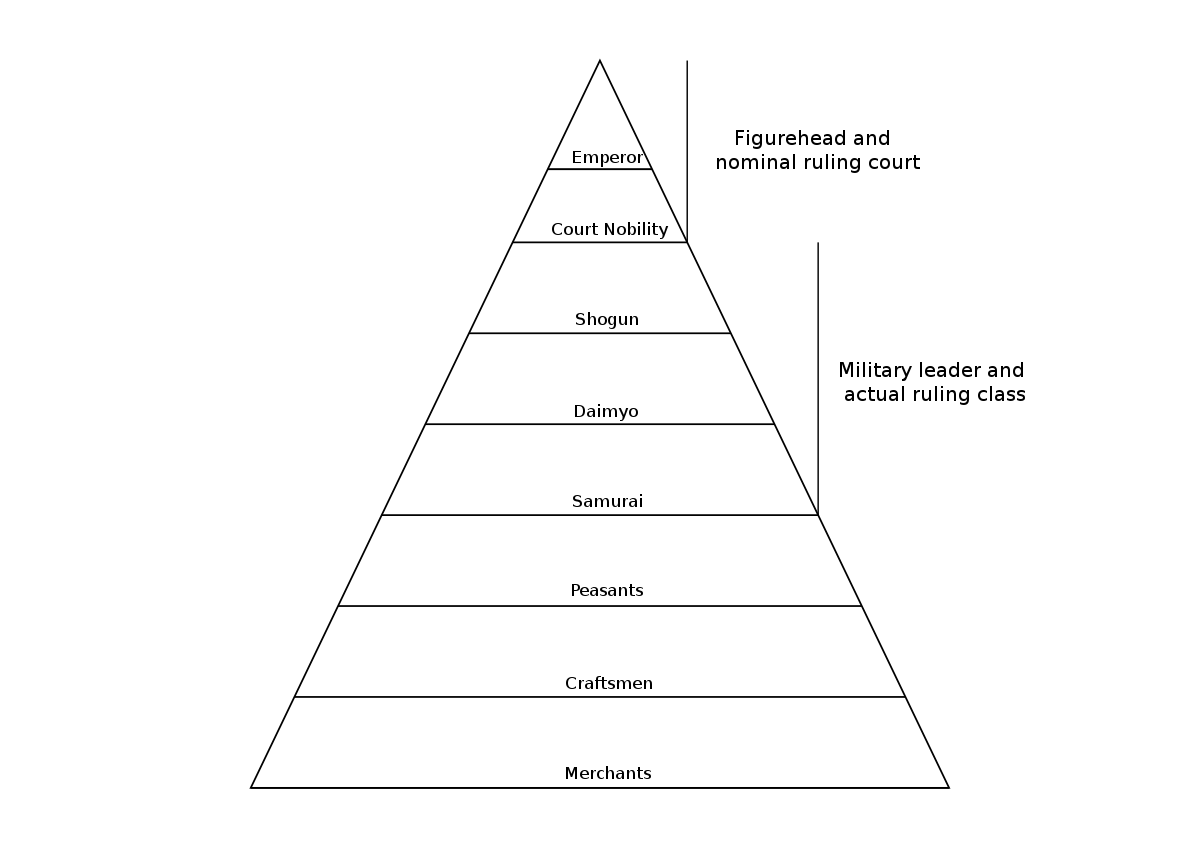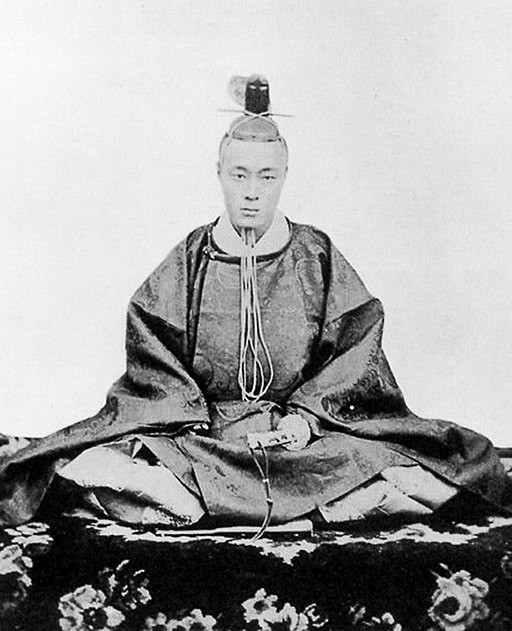The Shogun was appointed by the Emperor and was essentially the leader of Japan. There were many Shogun dynasties in Japan’s history, but the main one we will focus on is the Tokugawa (aka Bakufu). This was the Shogunate dynasty that started and ended the isolation. There were a total of 15 Shoguns in this period, which lasted from 1603 to 1913. The list of Tokugawa Shoguns is as follows: Tokugawa Ieyasu 1603-1616, Tokugawa Hidetada 1617-1632, Tokugawa Iemitsu 1632-1651, Tokugawa Letsuna 1651-1680, Tokugawa Tsunayoshi 1680-1709, Tokugawa Lenobu 1709-1712, Tokugawa Letsugu 1712-1716, Tokugawa Yoshimune 1716-1751, Tokugawa Leshige 1751-1761, Tokugawa Leharu 1761-1786, Tokugawa Lenari 1786-1841, Tokugawa Leyoshi 1841-1853, Tokugawa Leysada 1853-1858 and finally, Tokugawa Lemochi 1858-1867.
"Patience is the key to any battle."
~ Tokugawa Leyasu

Order of importance, Wikipeadia, 2015.
